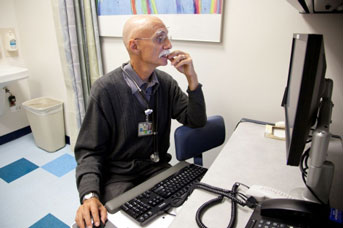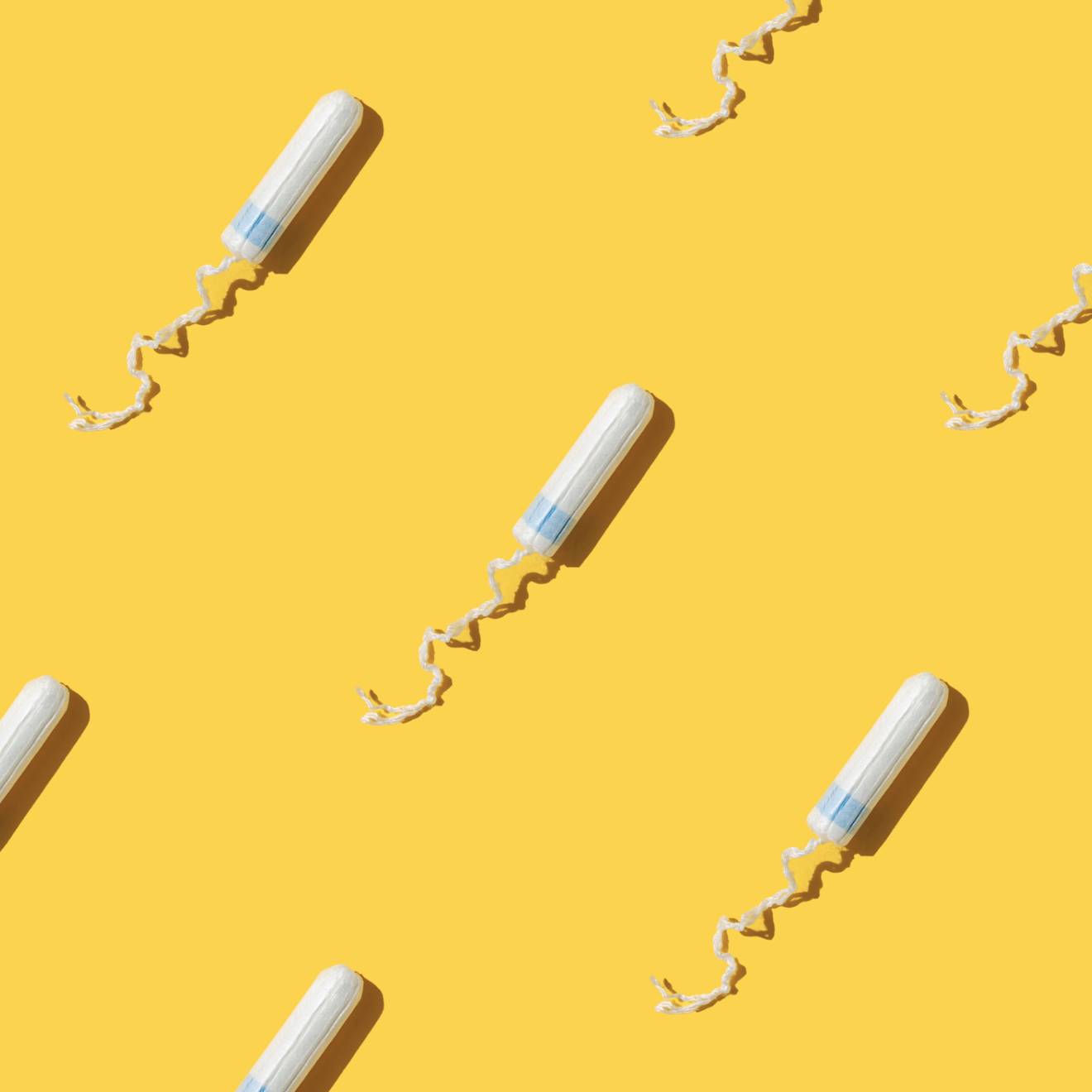Suzanne Leigh, UCSF

Infants born with a type of the devastating immune disorder SCID, or “bubble boy disease,” may have the option of a novel gene therapy treatment, thanks to a clinical trial at UCSF Benioff Children’s Hospital San Francisco.
The trial is funded by a five-year, $11.9-million grant from the California Institute for Regenerative Medicine (CIRM) to test technology developed by St. Jude Children’s Research Hospital that delivers a functional gene into the patient’s blood-producing stem cells. If successful, the gene therapy could provide an alternative to stem cell transplants using donor cells, which can result in serious infection.

Credit: Cindy Chew
The trial expects to treat up to 15 children over the next five years and is open to patients with X-linked severe combined immunodeficiency disease (X-linked SCID), which affects only males. This is the most common form of SCID, which occurs in 1 in every 60,000 newborns, and is caused by defects in the functioning of lymphocytes — the white blood cells that are the advanced fighting forces of the immune system. Babies born with SCID appear normal at birth but become sick from infections, skin rashes and failure to gain weight at 3-to-6 months of age. Without a stem cell transplant, they may die before their first birthday.
“What is unique about this trial is that the patient’s own bone marrow stem cells are collected and corrected with the gene therapy, and the corrected cells are then reinfused into the patient,” said Morton Cowan, M.D., of the UCSF Division of Allergy, Immunology, and Blood and Marrow Transplant, and principal investigator of the trial at UCSF.
“In stem cell transplants from a donor other than the patient, up to 20 percent of patients with SCID will develop graft-versus-host disease, in which the donor cells attack the recipient’s tissues. In addition, there is always a risk of the recipient rejecting the donor cells,” Cowan said. “Using the patient’s own stem cells means no rejection and no graft-versus-host disease.”
Low-dose chemo may bypass serious side-effects
The bone marrow transplant program at UCSF is among the largest SCID transplant centers in North America. UCSF pediatric immunologist Jennifer Puck, M.D., is known for pioneering the SCID screening method and for nominating SCID to a federal advisory committee for inclusion in the newborn screening panel. Since the screen became available in California in 2010, UCSF has treated more than 30 infants diagnosed with SCID by newborn screening.
UCSF also played an instrumental role in the St. Jude treatment protocol by including a targeted chemotherapy agent, busulfan, along with the gene therapy, which is expected to optimize immune correction. While previous trials have tested gene therapy for this condition, they did not combine it with chemotherapy and had only partial immune correction. Since a low dose of the medication is used, short- and long-term effects are expected to be minimized.
Three patients already have been treated with this lentiviral gene therapy vector — two at St. Jude and one at UCSF. The transduction process, in which genetic material is transferred via vector, currently takes place at St. Jude, which freezes the transduced cells and returns them to UCSF for infusion into the patient. The CIRM funding will enable UCSF to begin doing transductions using the St. Jude vector at the UCSF Pediatric Cell Therapy Laboratory, as well as covering the cost of treating patients in the trial.
“We believe this trial will not only help us understand more about how lentiviral gene therapy works, but how the use of low-dose busulfan potentially will be effective in treating other non-malignant diseases like sickle-cell anemia, chronic granulomatous disease, marrow failure syndromes and even some cancers in which the patient is too ill to undergo the more toxic traditional treatments,” said Cowan.
“It will also give us a better idea of what toxicities may be associated with the use of these new vectors, in particular whether they are indeed safer than the older, gamma-retroviral vectors that were associated with a high risk of leukemia, seen in early gene therapy trials for X-linked SCID and other primary immune deficiencies.”

